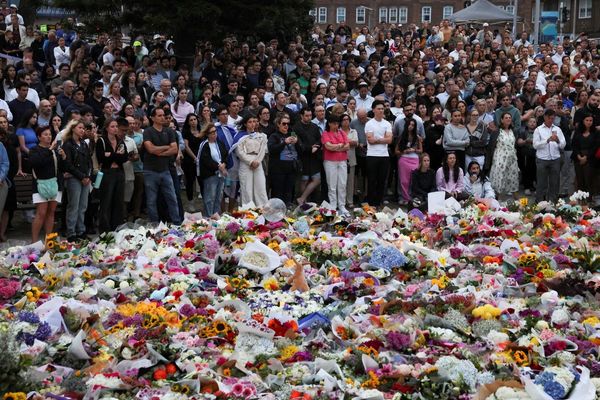
France’s public debt rose again in early 2025, reaching just over €3.35 trillion at the end of the first quarter – 114 percent of GDP – official figures showed on Thursday. The government now says it needs to find another €5 billion in savings to rein in the ballooning deficit.
The national statistics office INSEE said debt had gone up by €40.5 billion since the end of 2024. France now has the third highest debt in the EU after Greece and Italy.
The current debt level is double what it was in 1995, when it stood at 57.8 percent of GDP. The rise has been fuelled by financial shocks, the Covid-19 pandemic and the recent spike in inflation.
Last year, France’s deficit – the yearly shortfall in government revenues versus expenditures – was 5.8 percent of GDP, the worst in the eurozone.
Prime Minister François Bayrou has pledged to bring it down below the EU target of 3 percent by 2029. The government forecasts 5.4 percent in 2025 and 4.6 percent in 2026.
The plan is to keep spending in check without raising taxes. Officials say the cost will be shared between the state, the social security system and local governments.

Covid-19 to cost France nearly half a trillion euros over three years
€5bn in extra cuts
But reaching the 2025 target will only be “achievable” if another €5 billion in savings is made, the Economy and Finance Ministry said on Thursday.
Of that, €3 billion will come from unspent government funds and €1.7 billion from health insurance savings, the ministry said.
Finance Minister Eric Lombard said the country’s finances would “require the efforts of the entire nation in the coming weeks”.
He said a special meeting would take place on 4 July to make sure the new measures are put in place.
This latest round of cuts comes on top of €5 billion in savings already announced in April, and a further €40 billion planned for 2026.
The challenge is political as well as financial. The country is still facing fallout from last year’s dissolution of parliament.
France has 'one of the worst deficits' in its history, minister says
Pension crisis, political tensions
Bayrou’s government is under pressure from the left, which has filed a no-confidence motion over failed pension reform talks. He survived a similar vote in January.
He has promised to publish a financial “roadmap” by mid-July, before presenting the 2026 draft budget in September.
“Given the disastrous budgetary situation, the 2026 budget involves unpopular austerity measures, making its adoption as difficult, if not more so, than the 2025 budget,” Bruno Cavalier, chief economist at Oddo BHF, told French news agency AFP.
Government spokesperson Sophie Primas told Franceinfo on Wednesday that “all options are being explored, without taboos”.
One possibility, she said, is a “gap year” – a spending freeze that ignores inflation.
Moody's downgrades France to 'negative' credit outlook
Lombard said more consultations with political and social groups would be held before 11 July.
The drive to cut spending comes as France faces slower growth and growing uncertainty in global markets.
The government still expects GDP to grow by 0.7 percent this year, but the Banque de France has cut its forecast to 0.6 percent – a sharp drop from 1.1 percent in 2024.
There are also external risks, including rising US tariffs and tensions in the Middle East.
Cavalier said many MPs are “preoccupied with satisfying their electorates”, with municipal elections coming up in 2026 and a presidential vote in 2027.







